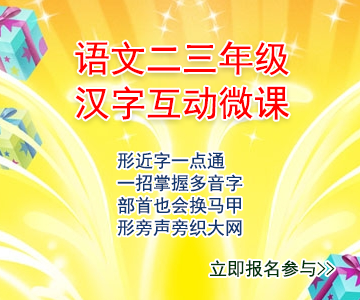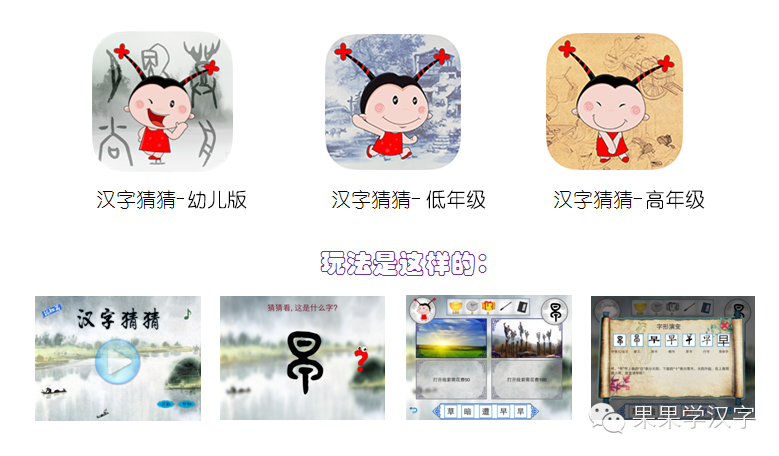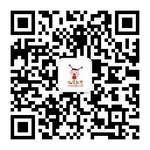
“Analysis of Chinese Characters by bilingual”,is opened for the convenience of Chinese and foreign friends who are interested in Chinese characters. We’ll push a Chinese character every Monday,analyze its originand related culture. If there is any impropriety,welcome to correct us.
为方便对汉字感兴趣的中国朋友和外国朋友,我们新开设了《双语解字》栏目。每周一推送一个汉字的来历和相关文化,如果其中有不恰当的地方,欢迎中外朋友指正。
heart(心)
The original pictograph was a representation of the physical heart. Its membranous sac was ripped open, and a delineation of the aorta appended below. Recognition of this vital organ’s role as seat of motivation for both good and evil prompted man to take to heart the ancient saying:”Honey mouth,dagger heart.”
象形字的“心”,就像物理心脏解剖后样子,左右两点分别代表静脉和动脉内的血液,中间的点代表心脏里的血。古人很早就发现了心脏的功能,心脏是人体的重要器官,也是人心善恶,这促使人们把那句古语放在心上:“蜜糖嘴,刀子心(口蜜腹剑)”。

The final exam is coming ,so we’ll share an idiom related to“heart”——The hands respond to the heart. Wish you all the best in the exam.
期末考试就要到了,我们就和大家分享一句和“心”有关的成语——得心应手。祝大家考试得心应手。

The Hands Respond To The Heart
This allusion is taken from Zhuang Zi’s Heavenly Doctrine.
Duke Huan of Qi (齐桓公)was reading in the garden, when a wheelwright who was working there asked him what he was reading. When the duke told him,the wheelwright said, “What you are reading is nothing more than the lees and scum of bygone men.” Angered,the duke demanded that he explain,otherwise,he would be executed.The wheelwright said, “I get the truth from my work. The strength used in making wheels has to be just right,or the wheels will not fit properly. But what is the precise strength? I feel it in my heart,and my hands respond to it. It cannot be expressed in words. So I cannot pass this kind of intuition on to my son,and my son cannot get it from me. The ancients and their inexpressible feelings died together. So that is why I say that what you are reading is only the dregs left by them.”
Later, the phrase “The hands respond to the heart” came to be used to describe rich experience,consumate skill and working with facility.
[本段英文翻译:周苓仲]
得心应手
这个典故出自《庄子·天道》。
讲的是齐桓公在院子里看书,有一位会做车轮的老匠人,说齐桓公看的只是古人的糟粕。齐桓公很生气,要匠人讲出道理来,否则就处死他。匠人说:“我是从我的工作中悟出这个道理来的。我能将车轮做得很圆,做轮子时,用力要恰到好处,否则轮子就不合适。至于怎样用力才最恰当,只能得之于手,而应于心。这种感觉是无法言说的,所以我的儿子都没能继承我的技艺,虽然他们可能会讲出做车轮的道理,但是我的感觉无法传递,因此我的儿子就没法将这个技艺传承下来。古人和他们无法言传的精华都随着他们的身体死去了,所以我才说你读的书(能言传的内容)只是古人留下的糟粕。”
后来,“得心应手”就用来描述经验丰富、技术精湛和工作熟练。

小评论:
《庄子·天道》:“斲(zhuó,同斫:砍、削、雕琢)轮,徐则甘而不固,疾则苦而不入,不徐不疾,得之于手而应于心,口不能言,有数存焉于其间。”
庄子所说的“得心应手”是“得之于手,而应于心”,后来则反过来将成语写成“得心应手”。庄子的本意是说,当你学习一个技艺的时候,应当先将实际使用他的功夫练到炉火纯青,而心中自然会有相应的理论形成,而不是先在心中形成道理,再去指导技艺。
在古代,传统技艺的传承,基本是以前一种方式,即“得之于手,而应于心”来教学的,而不是“得之于心,而应于手”。技艺传承人往往需要在没有理论指导的情况下,从师傅那里潜移默化地学习,然后不断实践,直到师傅觉得徒弟可以传承他的理论时,才将道理传授给他,而这时徒弟往往已经在心中形成了一种自己的理论形式,与师傅所传相验证,取其精华,去其糟粕,而得到的一代比一代更好的传承。
现代教学往往恰恰相反,多是先传之以道,学生先是知道道理了,再去实践中验证所学,这样形成的技艺传承,其效果和古代的传承方式相比,孰优孰劣,尚未可知。



欢迎关注"如果汉字"微信公众号
 微信公众账号
微信公众账号